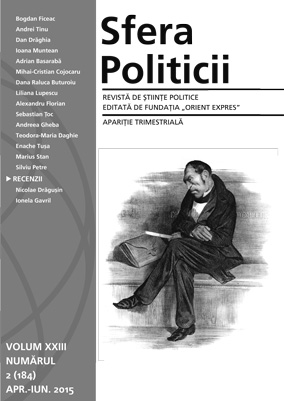The Intersection between Art and Politics in Interwar Romania
The Intersection between Art and Politics in Interwar Romania
Author(s): Marius StanSubject(s): Politics / Political Sciences
Published by: Fundaţia »Societatea Civilă« (FSC)
Keywords: Gellu Naum; Avant-garde; Cabaret Voltaire; Siguranța; surrealism; Romania
Summary/Abstract: As Jürgen Habermas suggested, „the spirit and discipline of aesthetic modernity,“ which defined „various avant-garde movements... finally reached its climax in the Cabaret Voltaire of the dadaists and in surrealism.“ The surrealists’ documents, declarations, actions, and manifestoes of the 1920s and 1930s point out to the apparently tireless crusade against public misinterpretations of their intent. On the other hand, there is little doubt that a political situation can exercise a given influence on avant-garde art in particular. While using primary and secondary sources, I look into the case of Gellu Naum just to illustrate the tensions between art and politics in the interwar Romania.
Journal: Sfera Politicii
- Issue Year: XXIII/2015
- Issue No: 184/2
- Page Range: 117-123
- Page Count: 7

